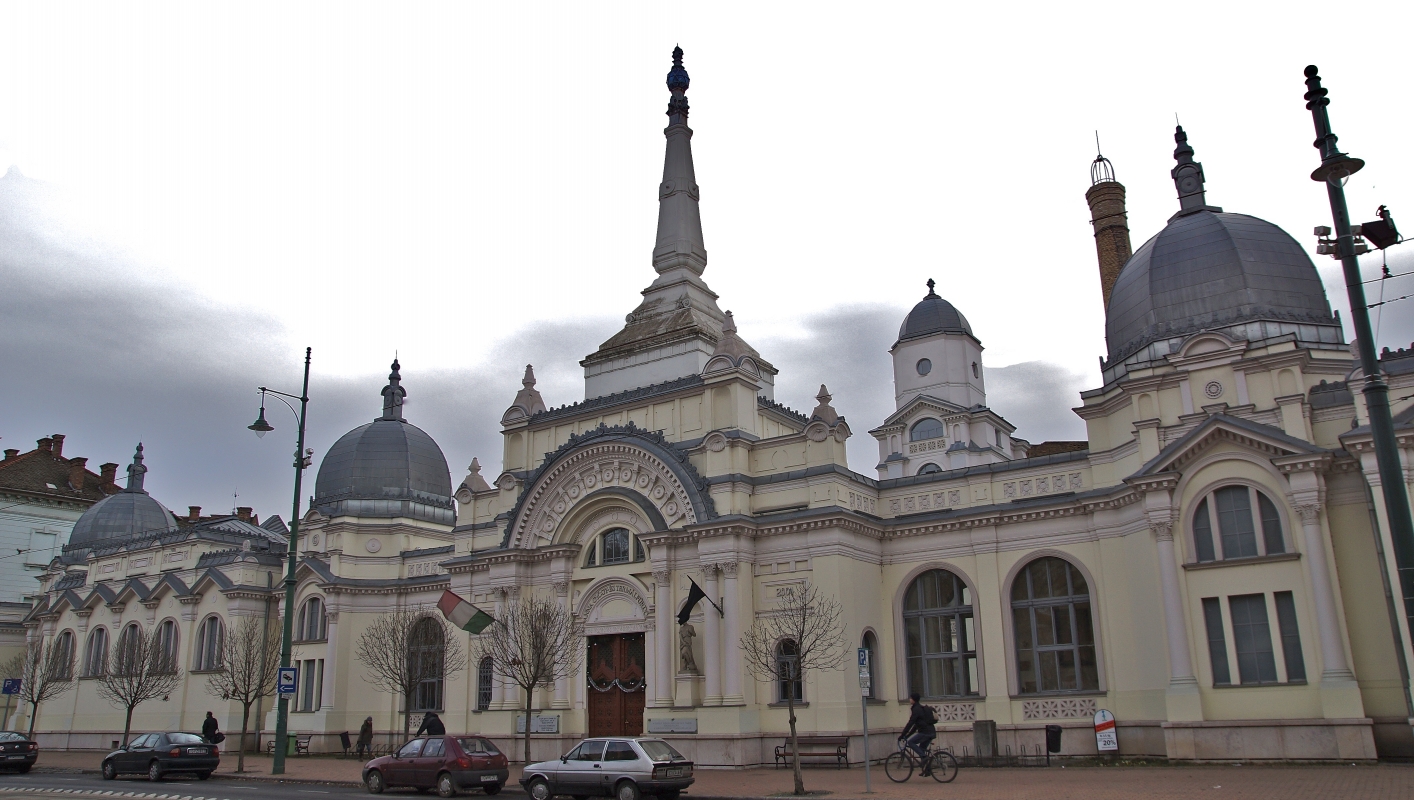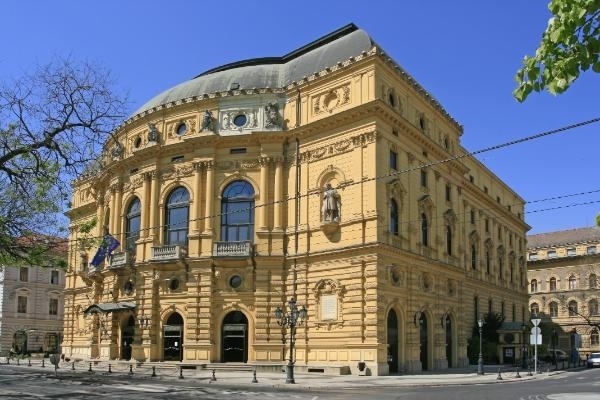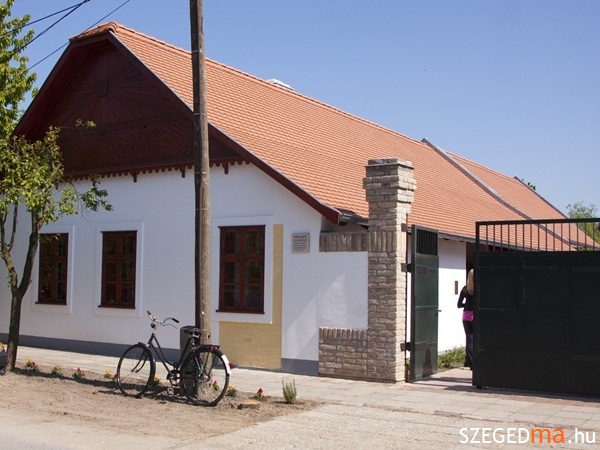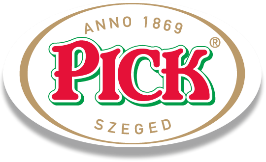Black House
The Fekete ház (translates as "Black House") was named after its original dark brown colour. The name was used by the citizens of Szeged and this has made the building known as such throughout the country. It is one of the three hundred buildings that survived the destruction of the Great Flood in 1879.











